
- Fiber Laser Cutting Machine
- 8Kw Laser Cutting Machine
- 1Kw Laser Cutting Machine
- 1.5Kw Laser Cutting Machine
- 2Kw Laser Cutting Machine
- 3KW Laser Cutting Machine
- Tube Laser Cutting Machine
- 9M Tube Laser Cutting Machines
- Coil Fed Laser Cutting Machine
- Laser Welding Machine
- Laser Cleaning Machine
- 6Kw Laser Cutting Machine
- 12kw Laser Cutting Machine
- 15Kw Laser Cutting
- Press Braker

3kw Sheet Metal Copper Carbon Steel Fiber Laser Cutting Machine
Basic Info
| Model NO. | LP-3015S |
| Application | Home Appliance, Environmental Equipment, Petroleum Machinery Manufacturing, Agriculture Machinery, Textile Machinery, Food Machinery, Aerospace Industry, Automotive Industry |
| Cooling System | Water Cooling |
| Technical Class | Continuous Wave Laser |
| Applicable Material | Metal |
| Structure Type | Gantry Type |
| Laser Classification | Fiber Laser |
| Laser Technology | Fiber Laser |
| Laser Source | Max Ipg Raycus |
| Control Software | Cypcut |
| Servo Motor Brand | Yaskawa |
| Transport Package | LCL/FCL |
| Origin | China |
| HS Code | 8456110090 |
| Production Capacity | 720 Sets/Year |
Product Description
1kw 1.5W 2kw High Qaulity 2 Year Warranty Sheet Metal Stainless Steel Aluminum Copper Mild Carbon Steel Fiber Laser Cutting Machine
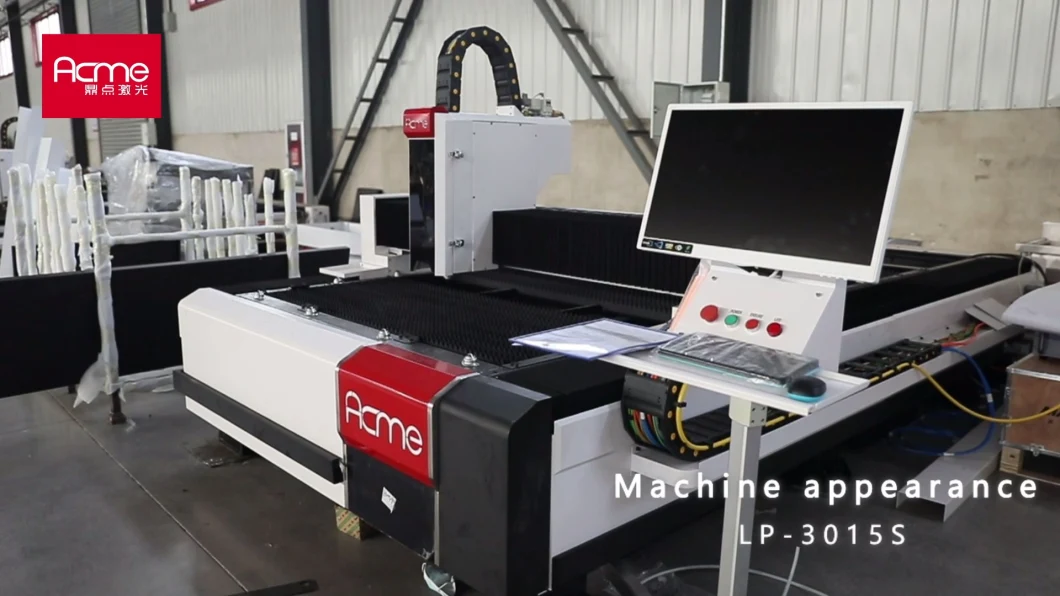
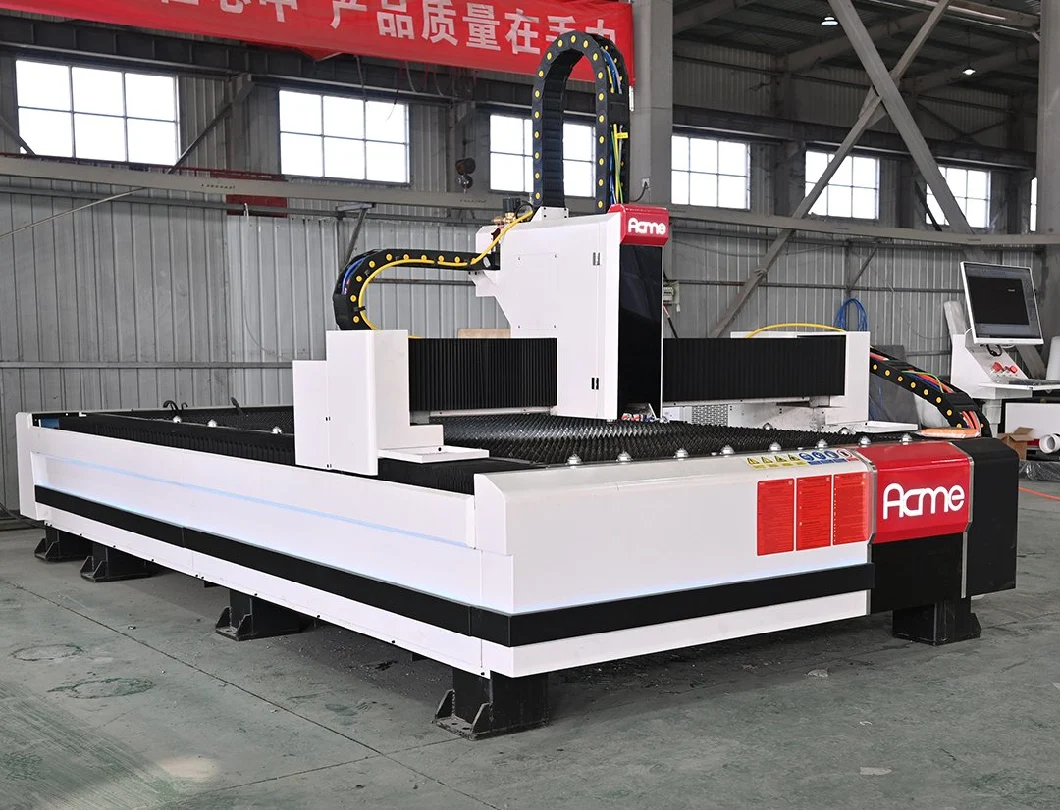
Cutting Samples:
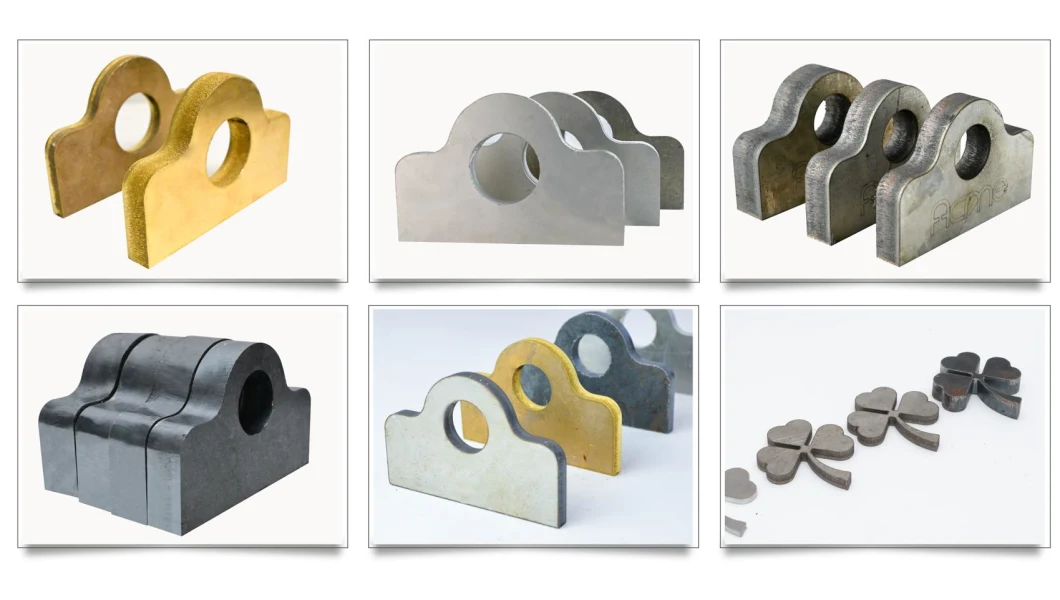
Cutting Capability of IPG
| RESONATOR IPG | YLS-1KW | YLS-2KW | YLS-3KW | YLS-4KW | YLS-6KW |
| Power (W) | 1000 | 2000 | 3000 | 4000 | 6000 |
| Recommended cooling power (kW) | 2,1 | 4,2 | 6,4 | 8,5 | 12,6 |
| Electrical supply (kW) | 3,1 | 6,1 | 9,1 | 12,1 | 18,2 |
| Maximum sheet thickness: | |||||
| Steel (mm) | 10 | 15 | 20 | 20 | 25 |
| Stainless Steel (mm) | 4 | 8 | 12 | 15 | 20 |
| Aluminium (mm) | 2 | 6 | 12 | 12 | 15 |
| Brass (mm) | 2 | 4 | 6 | 8 | 10 |
| Copper (mm) | 2 | 4 | 6 | 8 | 10 |
Factory
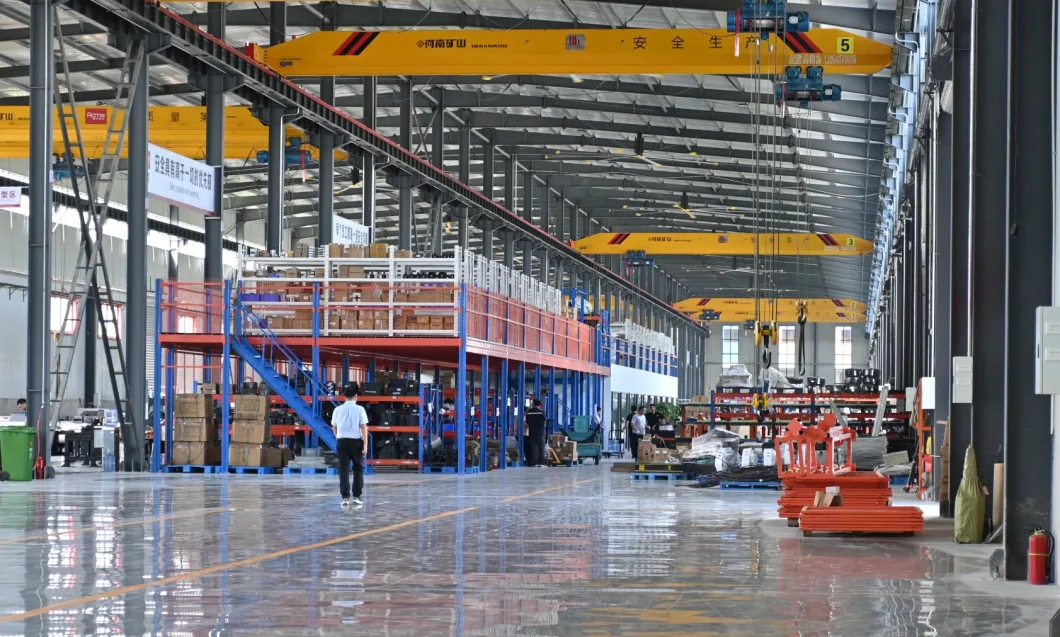
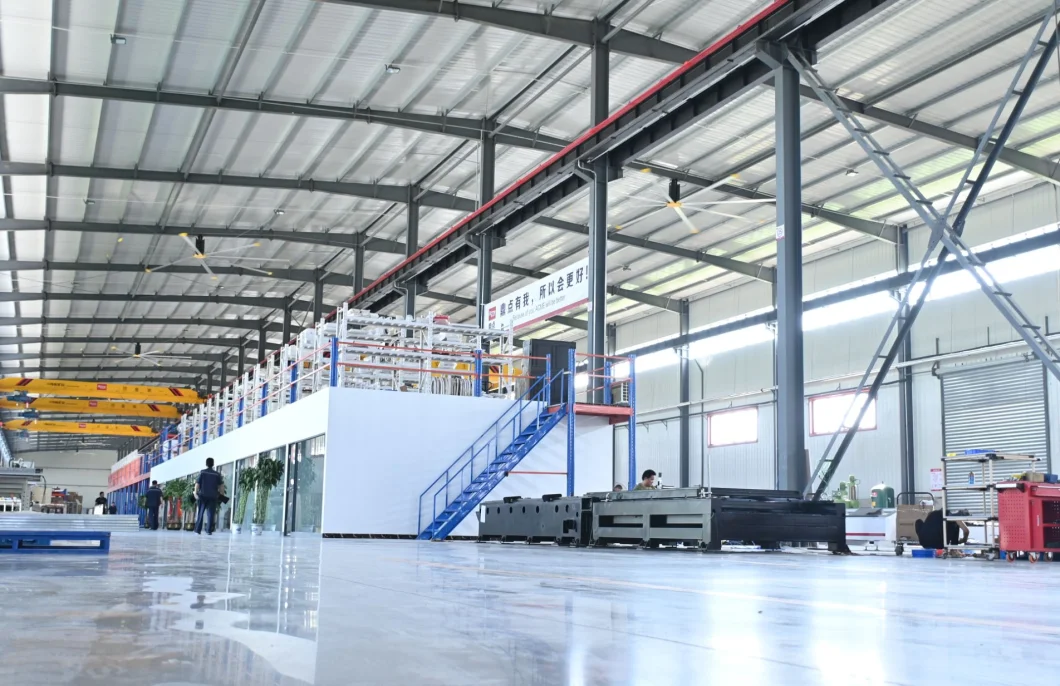
Delivery Site
Why Choose Fiber Laser for Stainless Steel, Mild Steel and Aluminum, etc., ?
More companies than ever before are investing in fiber lasers. While the automotive industry was undoubtedly the early adopter, this relatively new solution is being snapped up across the board and when you consider the advantages, it's easy to see why.
EXTRA SPEED
The sheer speed of fiber laser markers makes them the first choice for customers looking to increase efficiency. They're the fastest laser marking technology at their wavelength, delivering marking times of less than one second for some applications. While older, more established laser technology is available-including diode-pumped solid-state (DPSS) lasers, lamp-pumped lasers, and carbon dioxide (CO2) lasers-none can beat a fiber laser for combined mark speed and quality.
This means fiber lasers can break new ground. For example, one of Laser Lines' customers is an automotive component manufacturer that needs to mark serial codes exceptionally fast-in under half a second-which wouldn't be possible with any other type of laser.
ENERGY EFFECIENCY
Despite being faster, fiber lasers are energy-efficient compared to the alternatives. Not only does this result in reduced power consumption, but it also helps make the system simpler, smaller, and more reliable.
Fiber laser technology uses basic air cooling rather than an additional chiller unit, which would be costly and cumbersome. With many businesses finding both cash and floor space in short supply, compact and efficient fiber laser marking solutions are proving to be the right fit.
LONG LIFE
The life expectancy of a fiber laser far exceeds that of other laser solutions. In fact, the diode module in a fiber laser typically last three times longer than other technologies. Most lasers have a life of around 30,000 hours, which typically equates to about 15 years' use.
Fiber lasers have an expected life of around 100,000 hours, which means about 45 years' use. Saying that, will companies still be using the same fiber laser in 45 years? I doubt it! Regardless, this option does deliver an impressive return on investment.
About us
A GUIDE FOR FINDING THE RIGHT LASER CUTTING MACHINE
For most manufacturers, buying an industrial laser cutting machine is a major investment. It's not just the initial price you pay, but the fact that the purchase will have a great impact on the entire manufacturing process. If the wrong equipment is chosen, you have to live with the decision for quite a long time. It is not unusual to see manufacturers keep a laser for seven to 10 years.
Do you know the best way to go about purchasing a laser cutting machine? Even if you currently own one, how long ago did you buy it, and what has changed since then?
This guide should help you in making a capital purchase decision that will drive your manufacturing operations to new heights.
What's the Application?
Perhaps the real question is, "Should I even be buying a laser cutting machine?" For many reasons, investing in a different cutting system may make more sense for a company's manufacturing activities. Investigating all available options can minimize any possible regrets in the future.
Do We Really Need to Invest in Laser Cutting?
A company that doesn't have a laser cutting machine generally subcontracts the work to one or several job shops with that capability. This scenario doesn't involve a lot of risk and can work if you have some flexibility with lead times.
But there will come that time when you have to ask yourself if it is time for the company to bring laser cutting in-house. This has to be considered even if the business relationship with the subcontractor is great.
How do you know if it is the right time to own a laser? Look at how much you are spending monthly for laser-cut parts. In the words of Henry Ford, "If you need a machine and don't buy it, then you will ultimately find that you have paid for it and don't have it."
What Is the True Cost of Running the Equipment?
With such a large investment, a manufacturer needs to know at what level of efficiency the equipment is operating. You need to know more than just if the machine is running or not running. This is where equipment performance monitoring comes in.
It's important for you to find out if software can measure the laser cutting machine's overall equipment efficiency (OEE) in real time. If so, can the software be used for your other laser cutting machines, if you have them, so that you might discover "hidden capacity" where you thought there was none?
With the cost of about 1 percent of the equipment price, monitoring software can provide a 10 to 50 percent productivity gain with paybacks of less than four months.
What Can Be Done to Make the Purchasing Decision Easier?
Answering these questions and obtaining quotes based on the feedback can be used to narrow down the selection of the supplier of a laser cutting machine to two to three sources. From there you need to find the right model, ask the right questions during equipment demonstrations, and work toward an acceptable price. Remember, there are many important items to discuss during the final negotiation.
The purchase of such a machine can be an overwhelming task. That's why it might make sense to join an industry association, such as the Fabricators & Manufacturers Association, to network with manufacturing peers to learn from them, or even seek out the assistance of someone that has been through or is familiar with this type of industrial equipment purchase. Such an effort likely would prove to be worthwhile.








